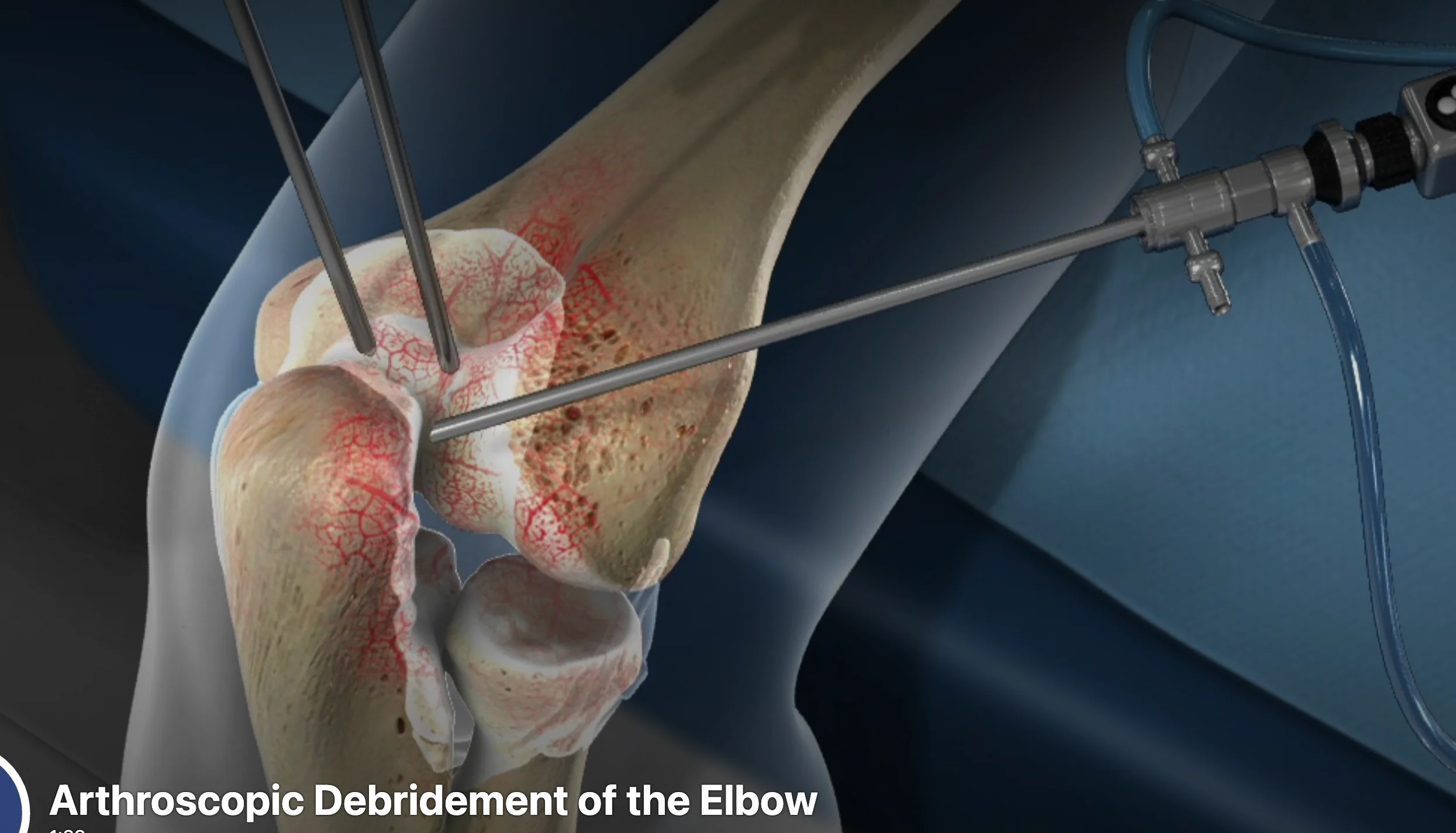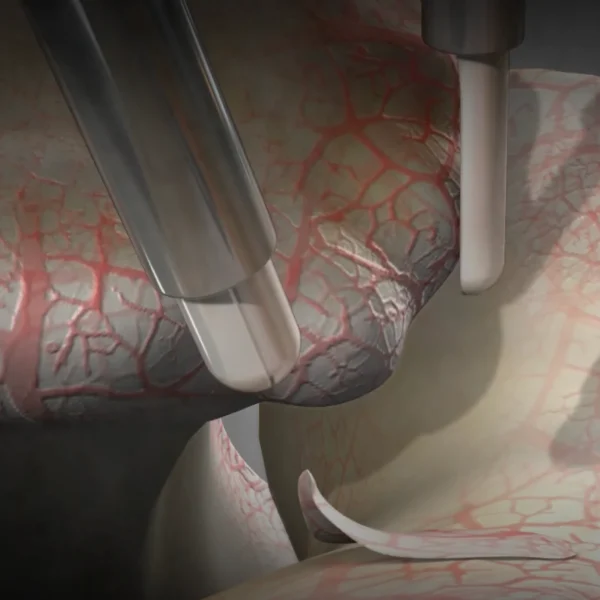At SIGMA Orthopedics & Sports Medicine, we believe the elbow is more than a joint — it’s essential for strength, precision, performance, and daily function. When pain, stiffness, catching, or injury limits your life, our goal is not just to fix the problem — but to restore full capability using data, precision, and an elite standard of care. Our Elbow Arthroscopy Program combines minimally invasive surgical techniques with advanced imaging, regenerative medicine, and our 100-Day Success Pathway to help patients return to daily life, work, and sport stronger than ever. Whether your symptoms come from overuse, trauma, arthritis, or a sports-related injury, the SIGMA approach provides a clear, structured, and measurable path to recovery.
This short video walks you through what happens during elbow arthroscopy — how tiny incisions, a high-definition camera, and precision instruments allow us to diagnose and treat many elbow problems with less pain, less tissue disruption, and faster recovery. At SIGMA, elbow arthroscopy is paired with personalized rehabilitation and outcomes tracking to help you regain motion and confidence quickly.

Elbow arthroscopy is a minimally invasive surgical procedure in which a small camera (arthroscope) is inserted into the elbow joint through tiny incisions. The camera displays detailed images on a screen, allowing the surgeon to diagnose and treat issues inside the joint with remarkable accuracy.
Because the arthroscope and instruments are very small, elbow arthroscopy typically results in:
At SIGMA, we commonly perform elbow arthroscopy for patients experiencing:
If conservative treatments such as rest, physical therapy, injections, or medications haven’t helped, arthroscopy may be your next step.

We use ultrasound, X-ray, MRI review, and motion testing to understand your specific elbow mechanics and diagnose subtle joint abnormalities.
Your recovery is measured, structured, and optimized through our proprietary 100-Day Success Model.
We track:
When appropriate, we integrate orthobiologic options like PRP, A2M, and biologic injections to promote healing, reduce inflammation, and protect the joint long term.
Dr. McCormick uses the most advanced arthroscopic methods to restore normal biomechanics while minimizing collateral tissue disruption.
We collect real patient-reported outcomes and functional scores over time, ensuring transparency and continuous improvement in your care.

Elbow arthroscopy is typically performed as an outpatient procedure. Here’s a general overview:
Procedures often take 45–75 minutes, depending on complexity.
Many patients have regained:
We track your progress digitally using PatientIQ to ensure you’re meeting your milestones.
You may benefit from elbow arthroscopy if you:
During your consultation, we’ll explore your goals and determine whether arthroscopy is the right path for you.


You’re not just getting a procedure — you’re entering a system designed for success.
Ready to take the next step?
Our team is here to help you understand your condition, explore your options, and create a personalized plan for recovery.